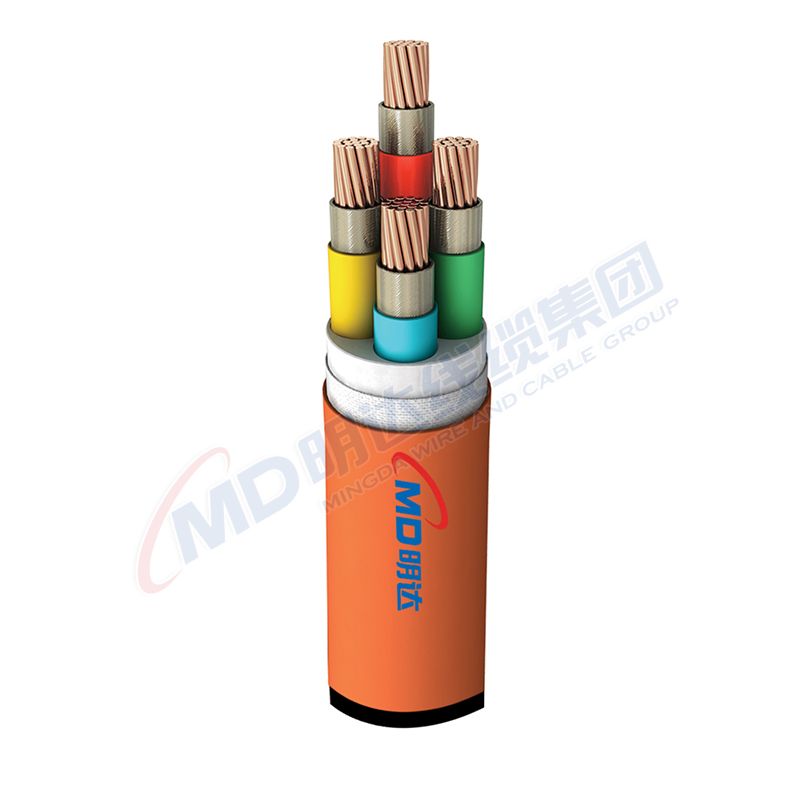Dec . 29, 2024 10:28 Back to list
y strainer pn16
Understanding Y Strainers and Their Importance in Fluid Systems A Focus on PN16
In various industrial applications, maintaining the integrity and efficiency of fluid systems is paramount. One of the essential components that ensure the smooth operation of these systems is the strainer. Among the many types of strainers available, the Y strainer has emerged as a popular choice, particularly the PN16 variant. This article will delve into the characteristics, benefits, and applications of Y strainers, emphasizing the PN16 class.
What is a Y Strainer?
A Y strainer is a type of filtering device utilized to trap dirt, debris, and other particulates in fluid systems. Its unique 'Y' shape allows for a compact design while providing effective filtering capabilities. Typically constructed from materials such as stainless steel, cast iron, or bronze, Y strainers can withstand substantial pressure and flow rates, making them ideal for various applications.
The designation PN16 refers to the pressure nominal class of the strainer, indicating that it is suitable for a maximum working pressure of 16 bar (approximately 232 psi). This classification is essential for users to ensure compatibility with their specific systems.
Features and Benefits of PN16 Y Strainers
1. Robust Construction PN16 Y strainers are designed to endure high pressures while maintaining structural integrity. The materials used in their construction are chosen for their durability and resistance to corrosion, ensuring a long service life.
2. Efficient Filtration The design of the Y strainer promotes optimal fluid flow while effectively capturing solid contaminants. The strainers feature interchangeable filter elements, allowing for easy cleaning and maintenance, which enhances their overall efficiency.
y strainer pn16

3. Space-Saving Design The compact shape of the Y strainer allows for easier installation in tight spaces, making it a practical choice for systems with limited space. Its design facilitates straightforward integration, reducing the time and resources required for installation.
4. Versatility PN16 Y strainers can be used in various applications across multiple industries, including water treatment, petrochemical, food and beverage, and HVAC systems. Their versatility makes them a go-to option for engineers and system designers.
5. Maintenance Ease With the option for inline cleaning without removing the strainer from the system, operators can save time and minimize downtime while ensuring that the filtering system remains effective.
Applications of PN16 Y Strainers
The applications of PN16 Y strainers are vast and varied. In water treatment facilities, they prevent particulate contaminants from clogging pumps and valves, ensuring a smoother operation. In the petrochemical industry, these strainers protect critical machinery by filtering out impurities from raw materials, thus enhancing process efficiency and product quality.
In HVAC systems, Y strainers help maintain clean fluid lines, preventing build-up that could lead to costly repairs or system failures. Additionally, in food and beverage manufacturing, the hygiene standards emphasize the need for effective filtration, making Y strainers an excellent choice for ensuring safety and quality.
Conclusion
In summary, the PN16 Y strainer is an invaluable component in fluid systems across many industries. Its robust construction, efficient filtration capabilities, space-saving design, versatility, and ease of maintenance make it a preferred choice among engineers and operators. By investing in high-quality Y strainers, industries can ensure the longevity and reliability of their fluid systems, ultimately leading to improved operational efficiency and reduced downtime. Whether in water treatment, petrochemical processing, or HVAC applications, the PN16 Y strainer reliably contributes to the smooth functioning of fluid management systems.
Share
-
Reliable Wafer Type Butterfly Valves for Every IndustryNewsJul.25,2025
-
Reliable Flow Control Begins with the Right Ball Check ValveNewsJul.25,2025
-
Precision Flow Control Starts with Quality ValvesNewsJul.25,2025
-
Industrial Flow Control ReliabilityNewsJul.25,2025
-
Engineered for Efficiency Gate Valves That Power Industrial PerformanceNewsJul.25,2025
-
Empowering Infrastructure Through Quality ManufacturingNewsJul.25,2025


